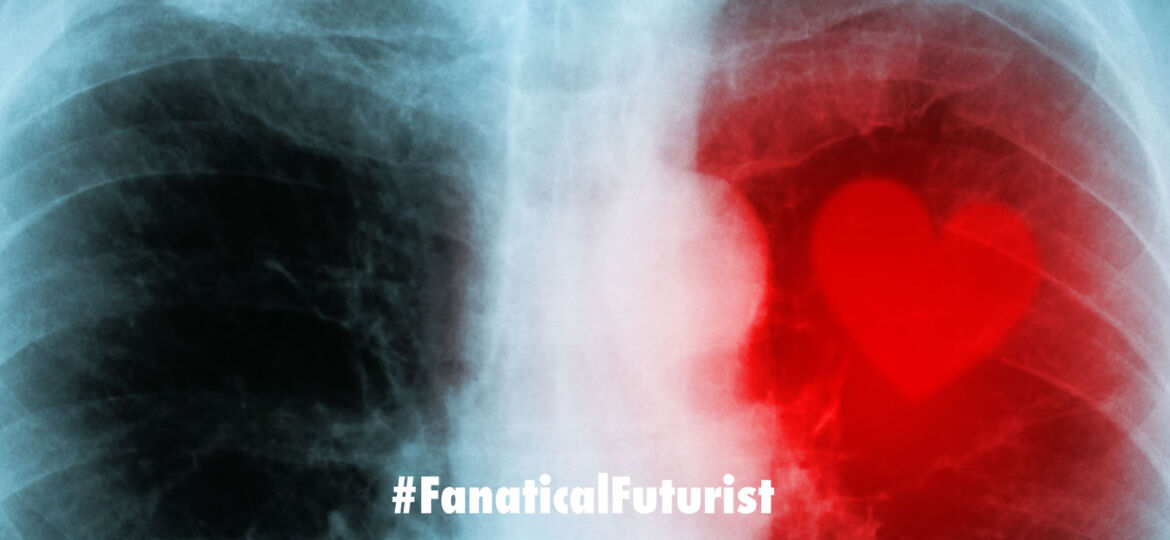
WHY THIS MATTERS IN BRIEF
The number of technologies we can use to accurately identify and classify people are growing at a staggering rate.
 Interested in the Exponential Future? Connect, download a free E-Book, watch a keynote, or browse my blog.
Interested in the Exponential Future? Connect, download a free E-Book, watch a keynote, or browse my blog.
The US military could soon spot you in a crowd, not by your face or your gait, but by your unique heartbeat rhythm after the US Pentagon recently announced they’ve developed and successfully tested a laser that can scan and distinguish the pitter-patter of your heart from up to 650 feet, 200 meters, away.
Dubbed “Jetson,” the name recalls the popular sci-fi cartoon family the Jetsons, who inhabited a world full of futuristic gadgets. But unlike the handy household devices from the show, the new laser system was built for combatting terrorism, and was created by the Pentagon at the request of the US Special Forces, reported MIT Technology Review. And unlike some types of identification techniques that rely on biometrics and other unique anatomical or behavioural traits, the subjects of Jetson’s heartbeat detecting infrared laser can be far away from the scanner. The laser can even sense heartbeats through clothing.
Retina shape and fingerprints have long been recognized as biomarkers that are individually unique and can be used for identification, and over the past decade, technologies have emerged that can detect even more biomarkers, such as vein patterns and body odour, as well as heartbeats.
Jetson reads heartbeats from a distance using vibrometry, a contact free technique that measures the vibration of a surface. Algorithms then translate patterns in a heartbeat into a unique cardiac signature.
However, the present version of Jetson requires 30 seconds to conduct scans and gather heartbeat data, a limitation that somewhat hampers the technology’s usefulness when people are moving, but over time the Pentagon say that that limitation will be eliminated as the technology is refined.
While other types of long-range biometric identification, such as facial recognition, can be derailed if faces are even partially obscured, although there too we now have new facial recognition systems that work even if the subject is masked, cardiac patterns are difficult for an individual to change deliberately.
Scanning heartbeats from a distance therefore “provides additional biometric identification when environmental conditions and changes in facial appearance hinder the use of more common facial recognition systems,” says the pentagon, and recent experiments using the technology showed that Jetson can identify individuals with 95 percent accuracy, said Steward Remaly, a retired US Army colonel and a CTTSO program manager. Furthermore, as time passes Jetson systems with more powerful infrared lasers should be capable of detecting individuals at even greater distances. So, if you think in the future anything you do is private then, well, think again.

















[…] идентификации личности, например. Так, в США появилась разработка, которая базируется на том, что дистанционно замеряет […]